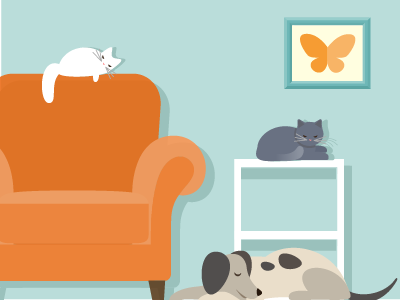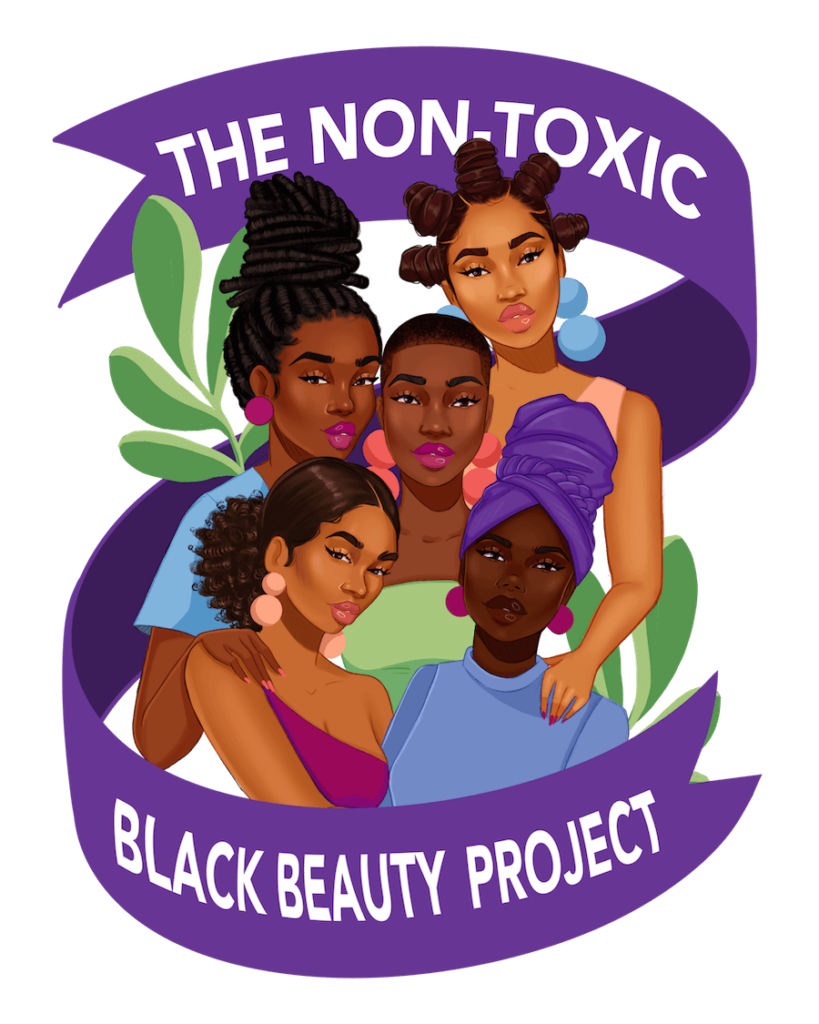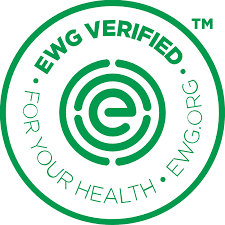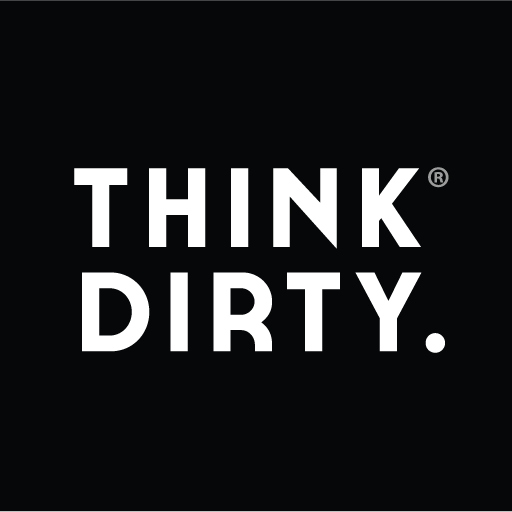Nursery
PetsWhat You Need To KnowThough the joys of having pets are unquestionable for many families, studies on whether or not pets benefit young children have shown mixed results. Some research suggests pets may trigger allergies in children, while other science shows pets may decrease the likelihood of allergies. Some studies indicate having pets contributes to better mental health, while others have not found a link between pets and positive psychological impacts. Ultimately, you and your family have to weigh what’s right for you, but here are some tips to minimize harmful exposures:
What To Avoid

Kitty litter:If you’re pregnant, have another adult clean out the kitty litter. You could be more vulnerable to Toxoplasmosis, an infection from a parasite found in cat poop. Flu-like symptoms may occur or in very rare but severe cases, brain, eye, or other organ damage can happen. Infants who are infected in the womb show no signs at birth, but sometimes have problems later in life.

Chemical flea control:Don’t use chemical tick-and-flea collars, flea baths, or flea dips. Pyrethrin, an insecticide, is the most common active ingredient in flea treatment products. Though pyrethrin and other pyrethroids effectively kill fleas, they can be harmful to pets and children who interact with pets during treatment. Pyrethrins are also highly toxic to honey bees and sea life. Best to use these only as a very last resort.
Safer Choices

Less toxic options:Use less toxic alternatives like food-grade Diatomaceous earth, which has much lower levels of silica than filter-grade. This can be sprinkled on carpets or floors and allowed to sit for several hours to eliminate fleas. Just don’t let pets or children into the room until these are thoroughly vacuumed up -- Diatomaceous earth should not be inhaled or swallowed.

Table salt:Ordinary table salt can also be used on carpets to eliminate fleas, but again, make sure it is vacuumed up before children or pets return to that room.

Wash hands:Wash hands (with regular soap and water) after you and your children interact with pets.

Home cleaning:Frequently use a vacuum with a HEPA filter for carpets and a damp microfiber mop for hard floors .

Pet hygiene:Regularly launder the bed cover where your pet sleeps to remove fleas and their eggs. Frequently brushing and washing your pet can make a big difference!. Check with your veterinarian to find how often to bathe your pets with gentle shampoos that don’t contain harmful chemicals, Fragrances, or Preservatives. If further action is needed, consider oral medications to keep pests off your pets

Watch for allergies:If your child is showing signs of an allergic reaction to a pet (like sneezing, runny nose, itchy eyes, etc.), have a doctor test for possible allergies and take any necessary precautions.
Find Safer Products
Websites and Apps:
Clearya
Clearya is a free browser extension and app that notifies you when there are unsafe ingredients in your makeup, personal care, baby care, cleaning and other products, and helps you find safe products.
Clearya is a free browser extension and app that notifies you when there are unsafe ingredients in your makeup, personal care, baby care, cleaning and other products, and helps you find safe products.
Campaign for Safe Cosmetics - Nontoxic Black Beauty Project
They offer a list and database of non-toxic beauty products made and sold by Black-owned companies that are committed to toxic-free beauty and personal care products.
They offer a list and database of non-toxic beauty products made and sold by Black-owned companies that are committed to toxic-free beauty and personal care products.
Detox Me
This app allows you to scan barcodes on products to find relevant tips. They also offer a buying guide to decode product labels and find non-toxic alternatives.
This app allows you to scan barcodes on products to find relevant tips. They also offer a buying guide to decode product labels and find non-toxic alternatives.
Environmental Working Group (EWG)
EWG has a "Skin Deep" database that rates personal care and beauty products based on their safety and toxicity levels. EWG also offers a Healthy Living app that allows you to scan barcodes and find safer products.
EWG has a "Skin Deep" database that rates personal care and beauty products based on their safety and toxicity levels. EWG also offers a Healthy Living app that allows you to scan barcodes and find safer products.
Think Dirty
This app and website allow you to scan or search for personal care products to see their ingredient safety ratings.
This app and website allow you to scan or search for personal care products to see their ingredient safety ratings.





